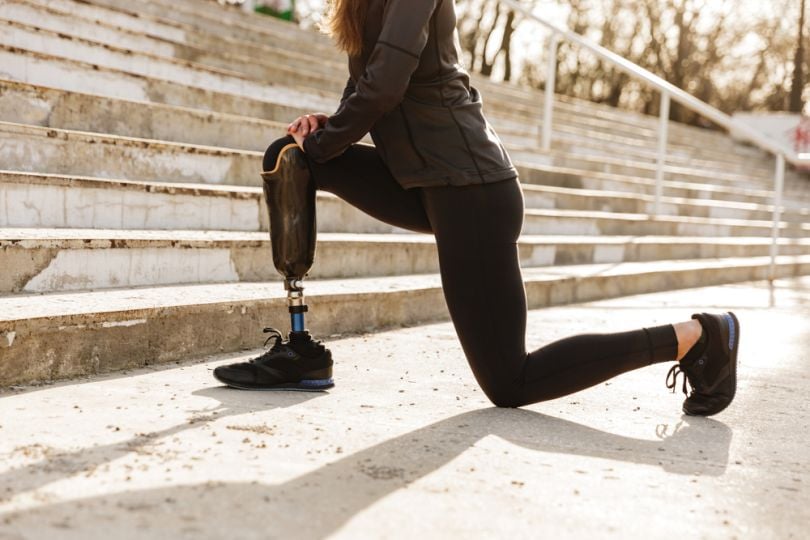
Robots might reveal insights into human locomotion. CNET reports how researchers at Caltech’s Amber Lab study bipedal (two legged) robots to understand the science behind walking and translate their findings to devices that help people with walking difficulties or who cannot walk at all.
"Every time we achieve a behavior like walking or running, we'd like to put that on a prosthetic device and ultimately an exoskeleton for a paraplegic. We would like to have [a paraplegic] get up and walk with the same kind of algorithms that we're using on our walking robots."
"Every time we achieve a behavior like walking or running, we'd like to put that on a prosthetic device and ultimately an exoskeleton for a paraplegic," Dr. Aaron D. Ames, Bren professor of mechanical and civil engineering at Caltech who leads the Amber Lab, told CNET. "We would like to have [a paraplegic] get up and walk with the same kind of algorithms that we're using on our walking robots."
Lexy Savvides, a reporter from CNET, described the strange experience of helping scientists conduct disturbance testing by purposefully tripping a 5-foot, semihumanoid robot called Amber, while it walks on a treadmill.
“Gingerly, I stick my hand out in front of Amber's right leg and watch as it stumbles and loses its footing, just like I would if I accidentally kicked something in my path. To my surprise, the robot recovers and keeps on walking at the same steady pace like nothing ever happened.”
When a robot falls, that is a learning opportunity for Ames and his research team. "We come back to the basic science and then iterate through the math and the algorithms to try it again," he told CNET.
Over time, researchers plan for the robots at the Amber Lab to gain familiarity with less predictable terrain such as dirt, sand and snow as currently these bipedal robots have been constrained to flat treadmills or gentle slopes in controlled environments.
"It's that idea of getting robots into doing things that are sort of at the apex of human capability, whether it's handling different terrain, or moving very quickly," explained Ames to CNET. "Those are kind of the two fronts, I think, as a robotic community we are shooting for."



